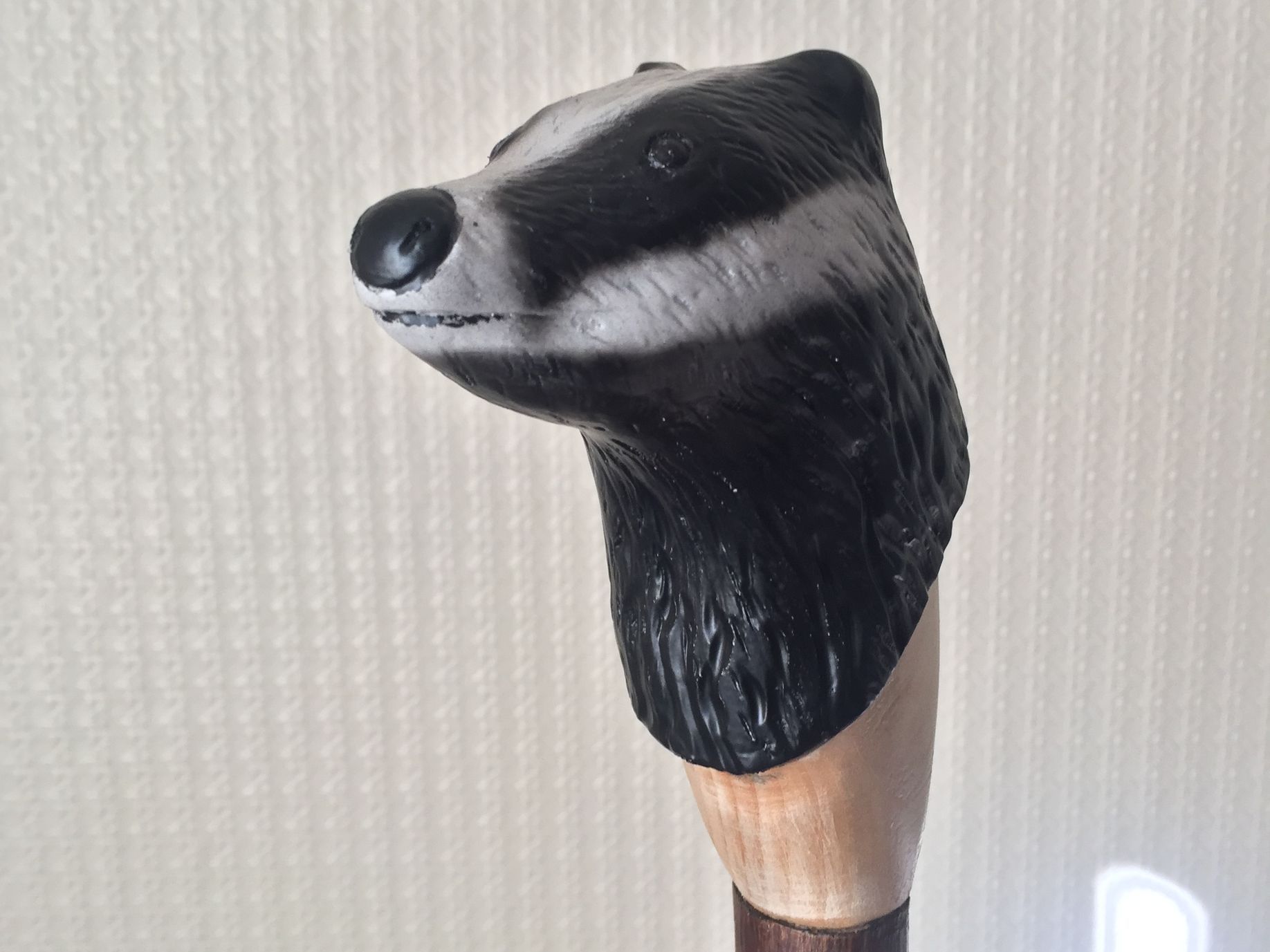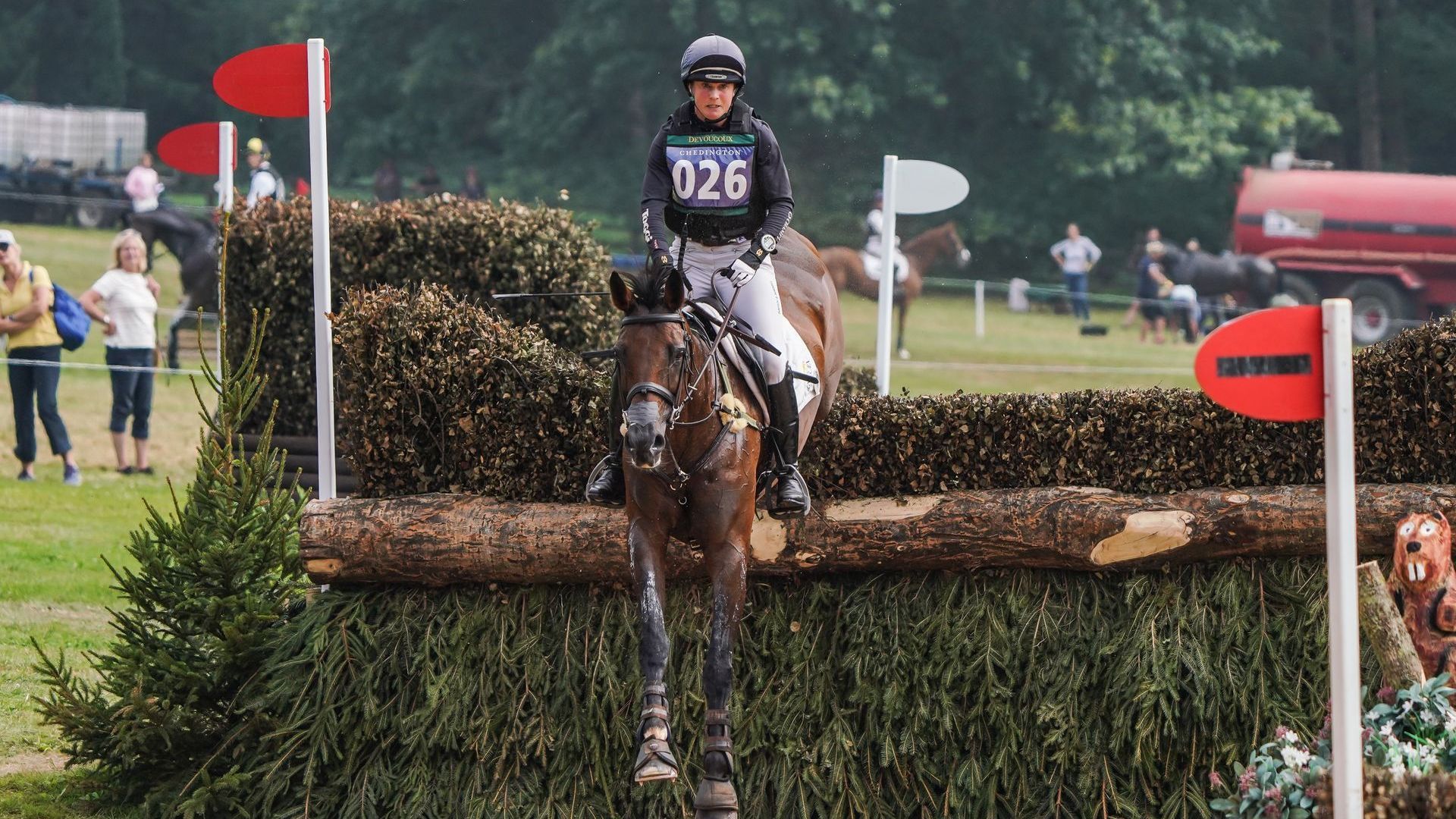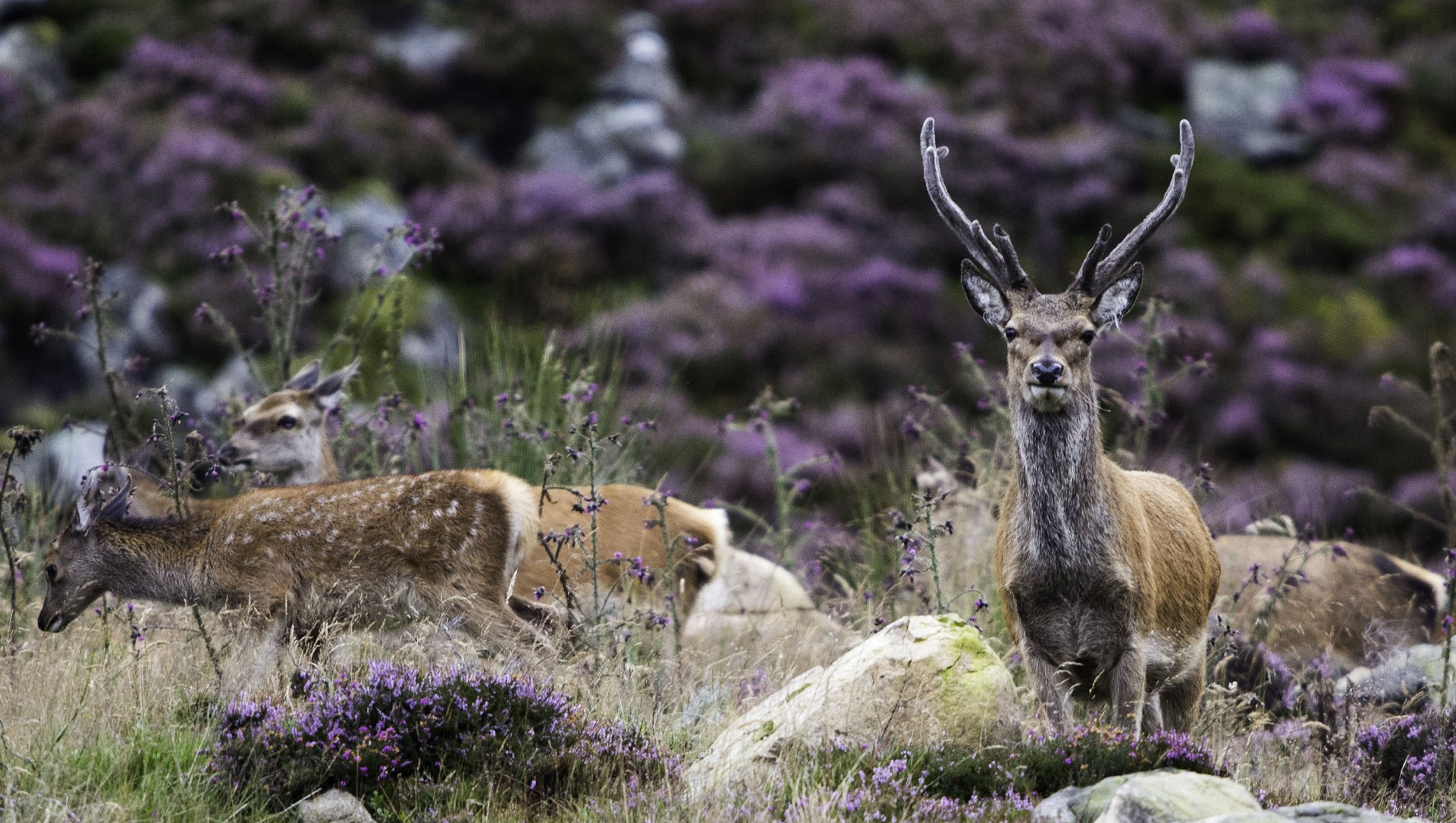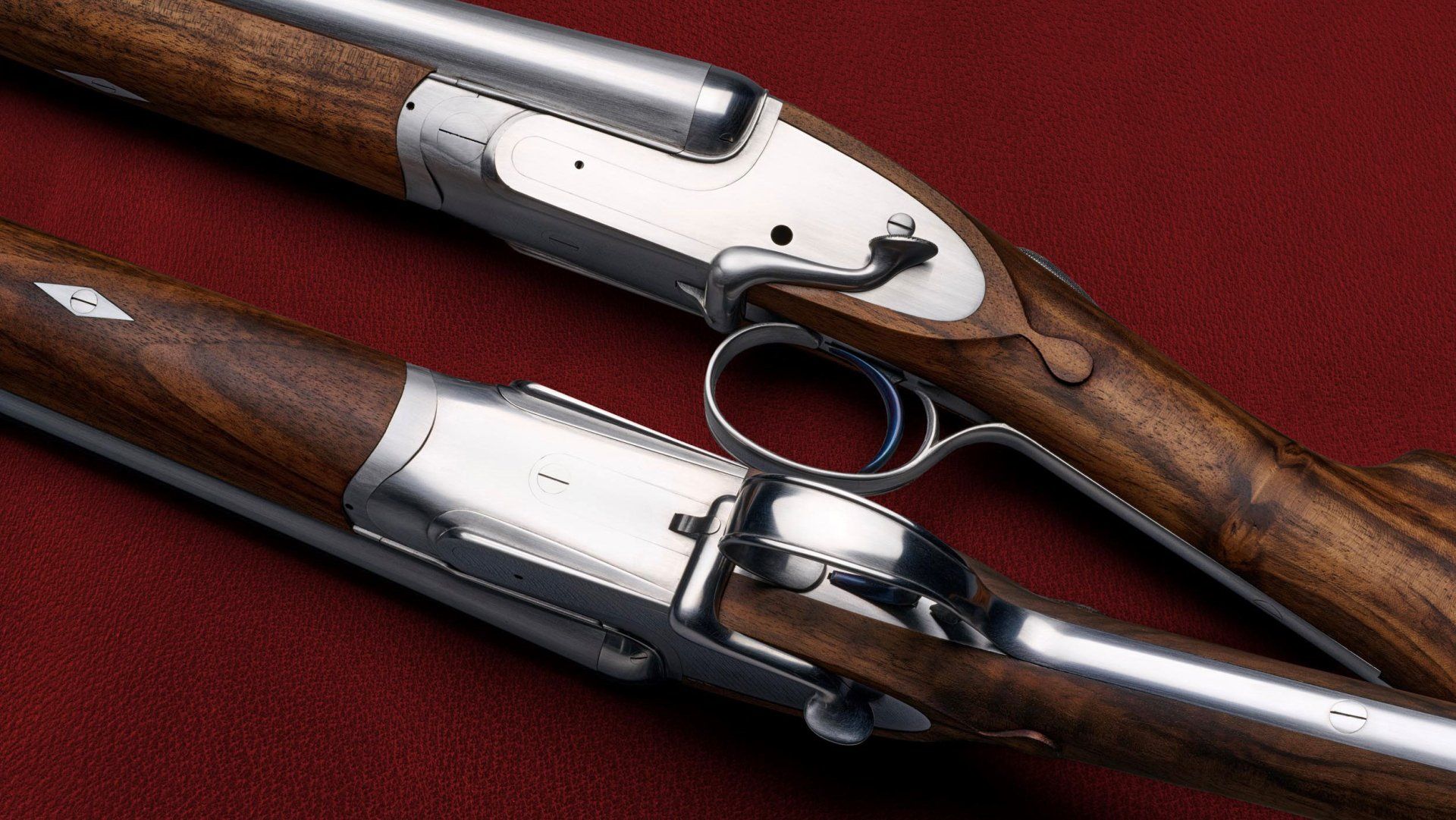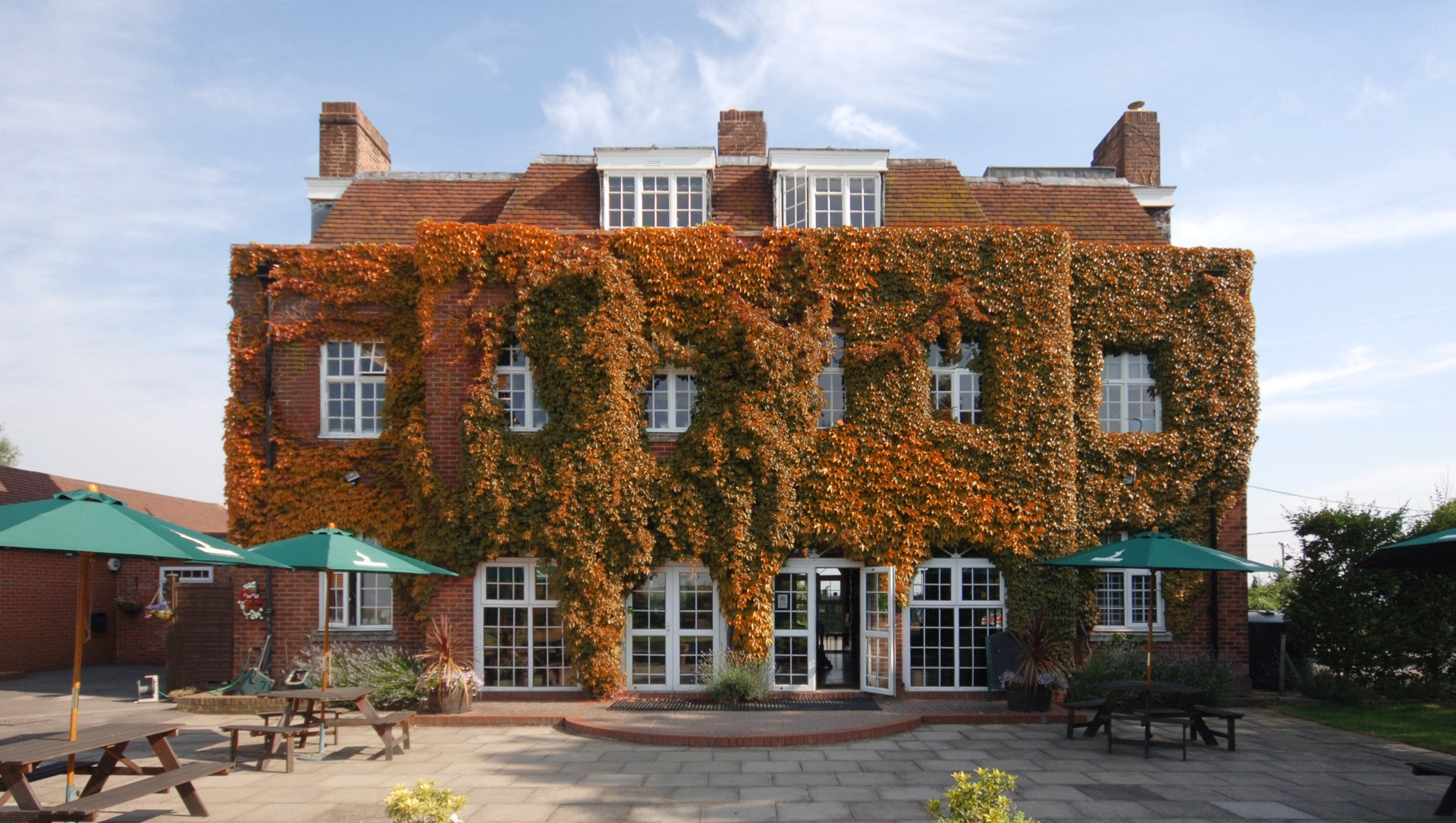Handcrafted Traditional Walking sticks
by Nick Croxall
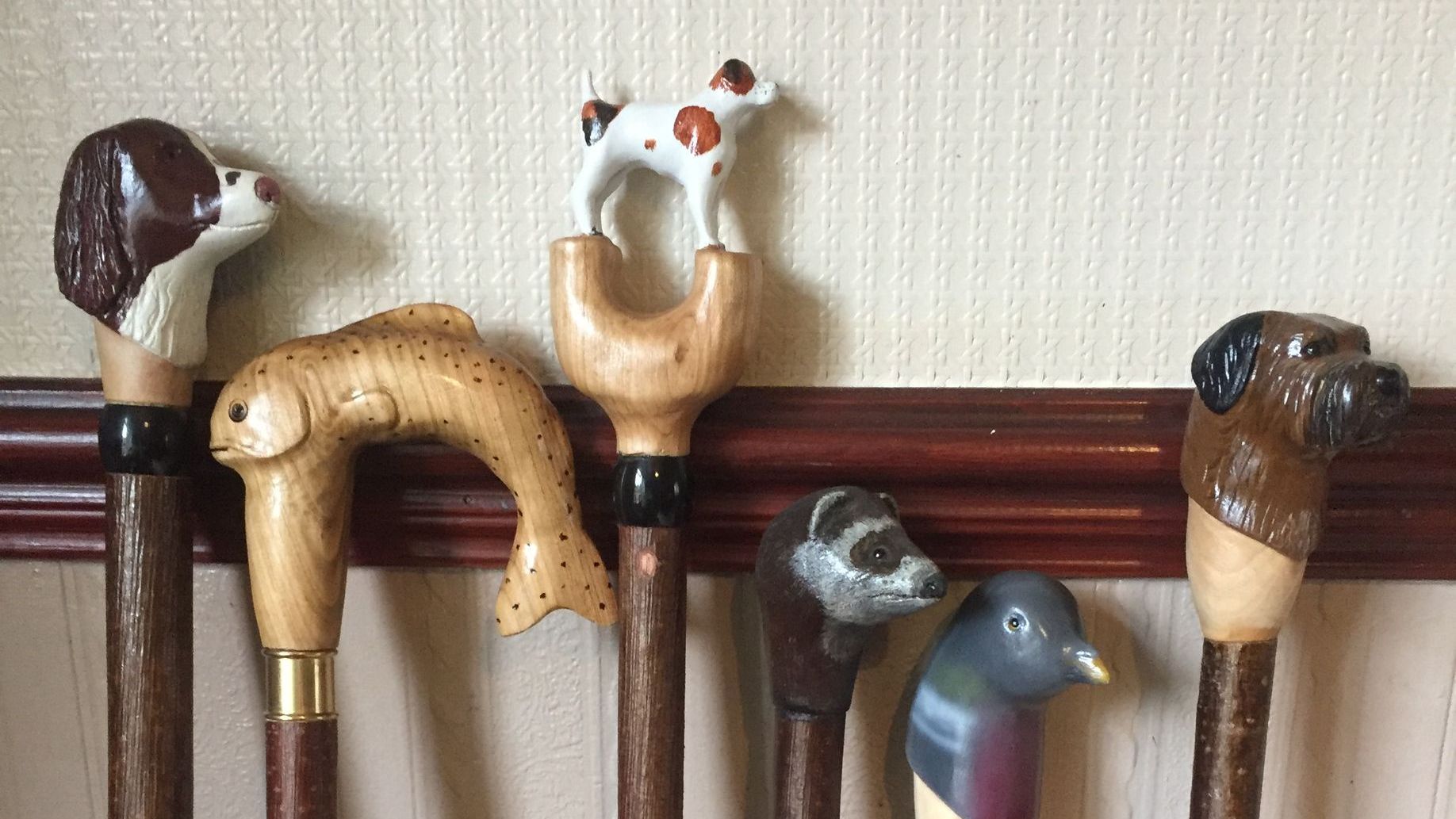
I never decided to become a stick maker but thinking back every thing led to it.I mean what country lad didn’t have a stick, which one day was a gun the next a spear another a sword. There was always had that good stick you kept a couple of days propped outside the back door.
Growing up in a village you would see the old lads, walking with their dogs and sticks in hand. One in particular became a lifelong friend, who sadly isn’t with us no more. He taught me to stick your stick into ground at the entrance to every rabbit hole as it looks like its had a net peg in it so others will think its already been ferreted and you can come back at a later date and ferret it yourself.My mother worked for John Waddington’s which meant I had an endless supply of waste paper. When I wasn’t out rabbiting or shooting rats with the air rifle, I was drawing the wildlife.
During the school holidays with mother worked full time, so I stayed with my gran, who was a warden for the home help, while she went to check on the old folks. I was left in the care of an old lad called Jim Taylor who was an artist, he taught me the skills to paint, this stayed with me all my life, going from oil painting to watercolour, I even sold a few.
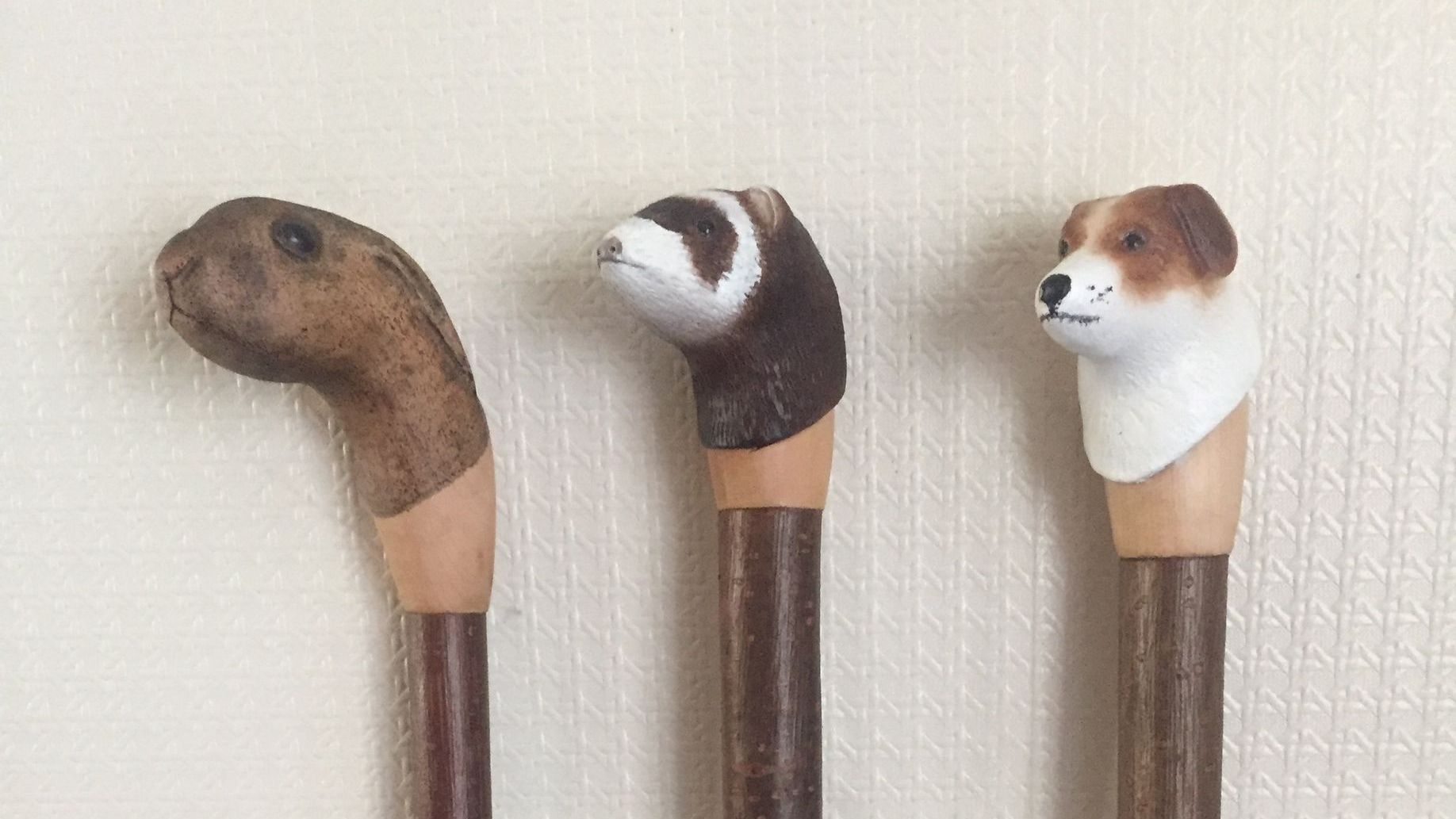
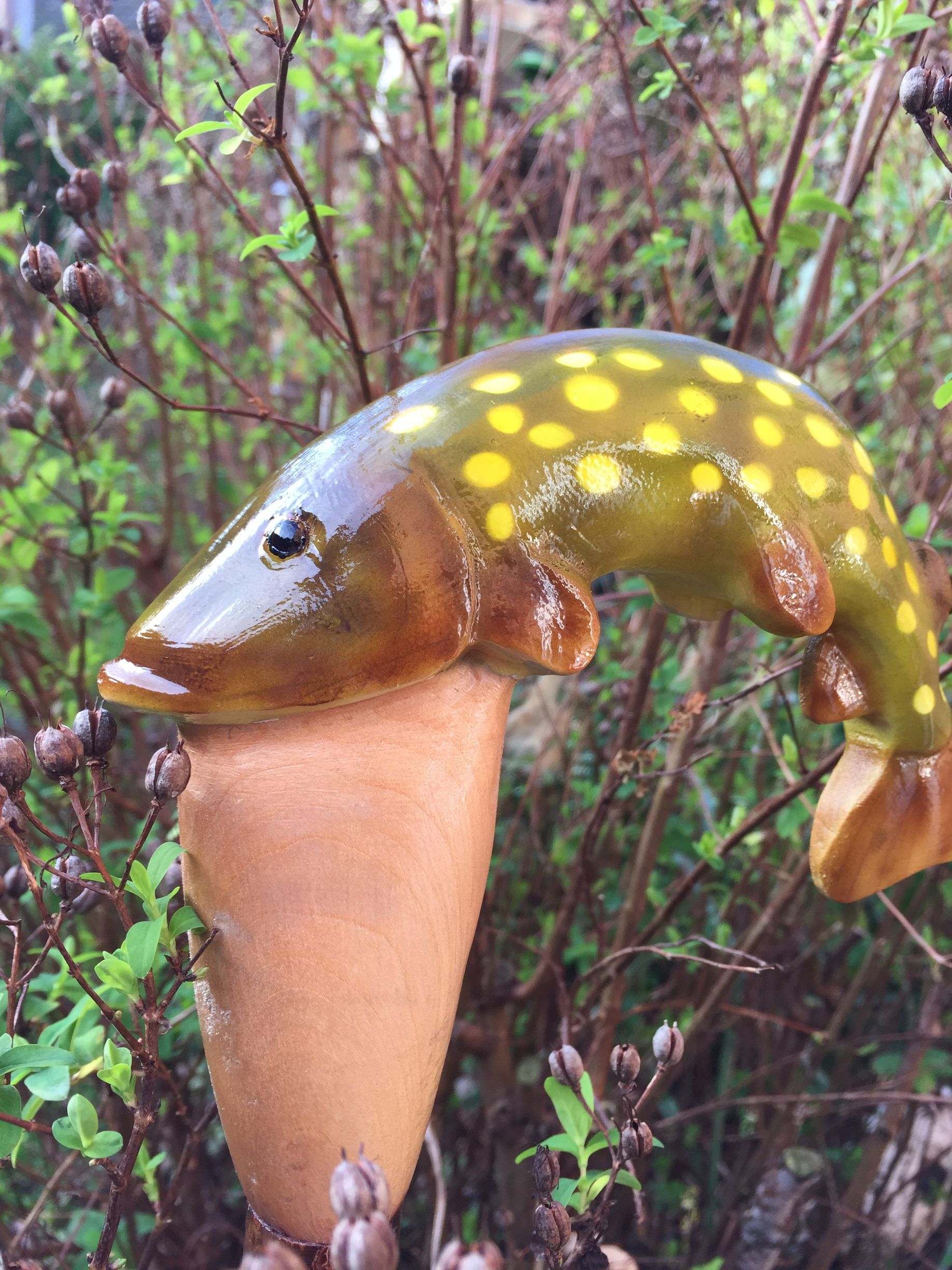
Growing up I discovered that Hazel wood was the best wood when making snare pegs, The wood is strong and easy to carve.On leaving school I became a chair maker making top end chairs and three piece suits I learnt to join two pieces of wood together using a dowel joint and how to bend wood by steaming it ,it became that pliable it could be bent into a circle, all these skills became useful when I began making walking sticks.
Creating sticks isn’t a quick job; first you have to find straightest growth from the hedgerows, obviously hazel wood was my first choice. Once sourced they have to be bundled up and tied together, they need to be kept as straight as possible whilst drying for at least 12 months in the rafters in my shed.
Then the fun starts, I begin to carve; I create a picture in my mind of the colour of the handle, this help-ful when choosing which coloured shank to use, Hazel wood comes in a variety of shades and colours, The wood is steamed to make it pliable, then the shank is then straightened using my knee and jig.The next step is to band saw a rough shape of the handle, be it a bird dog or whatever I’m carving. I then drill a hole down the handle, next we carve a peg (like a dowel joint) into the end of the shank the same dimensions as the hole to be glued and fitted nice and snug when both are ready to be married together.
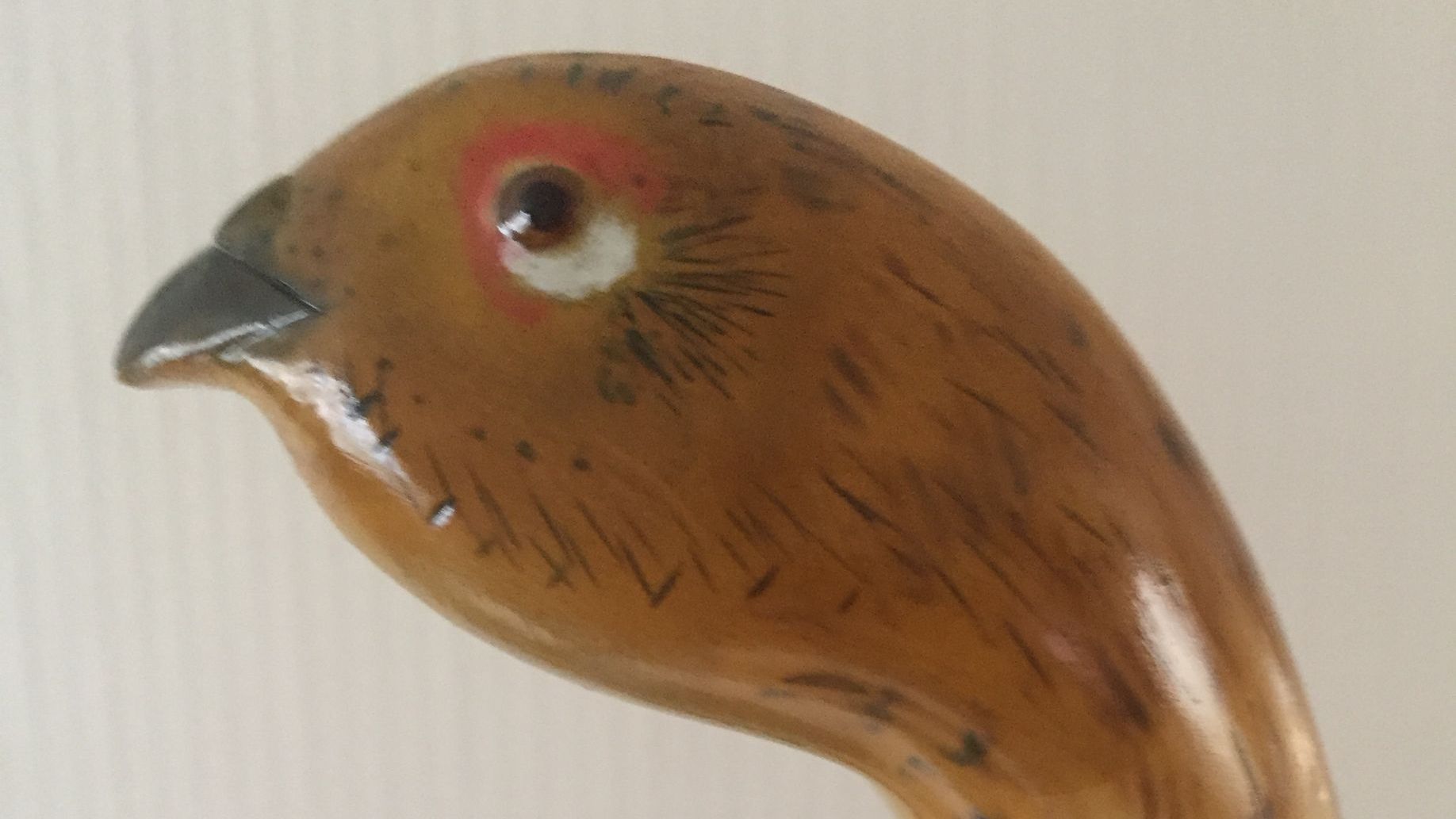
Read more:
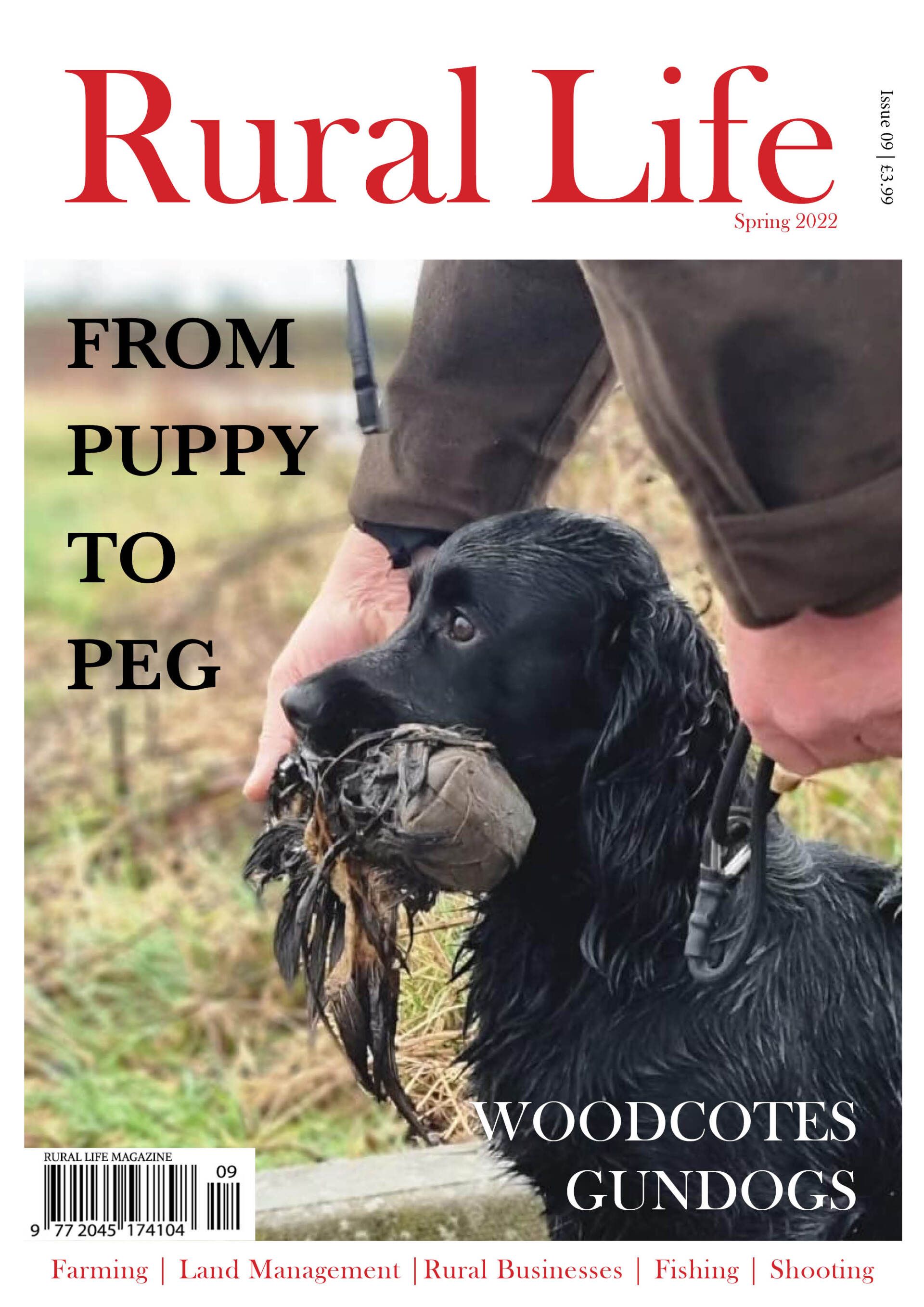
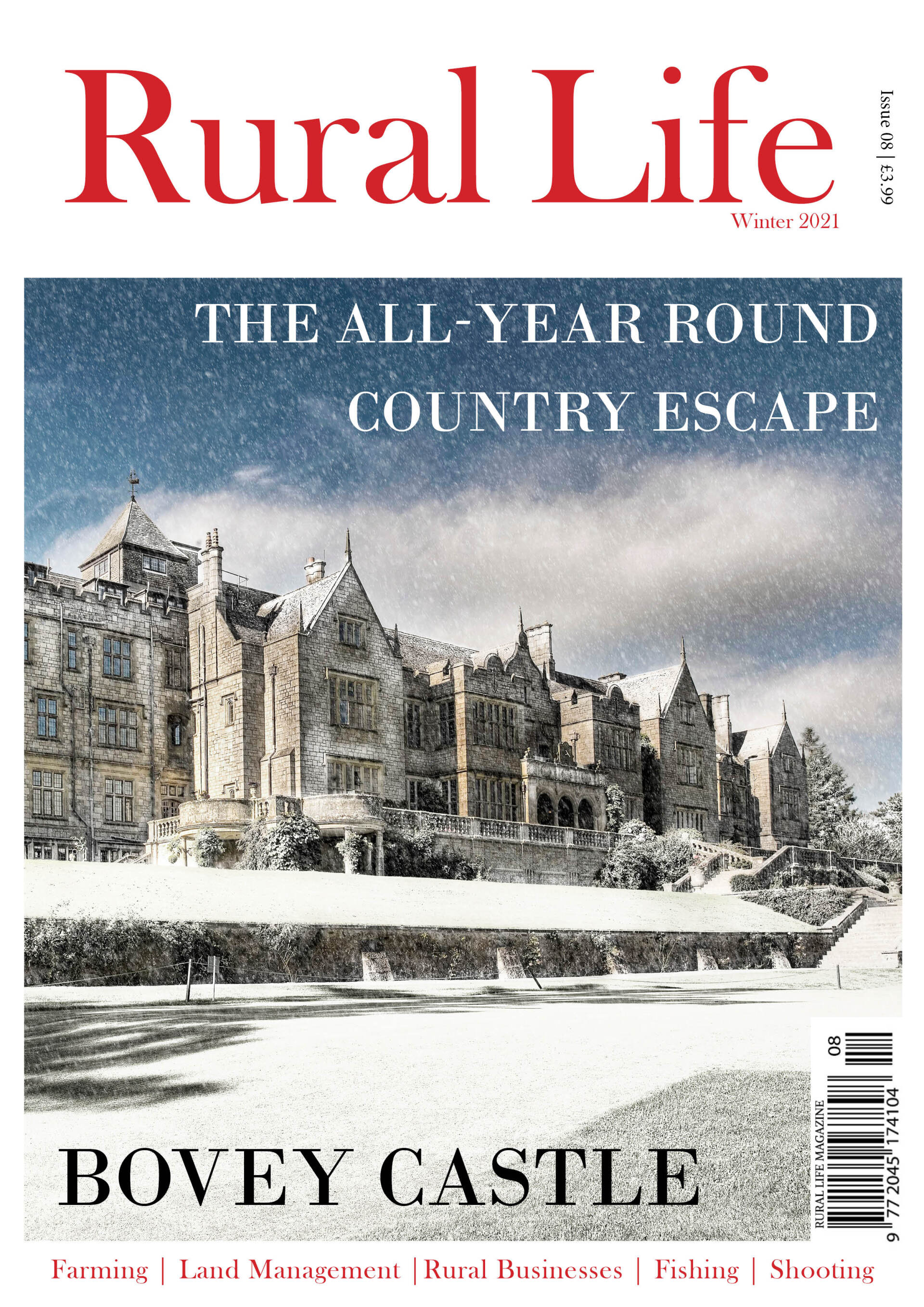
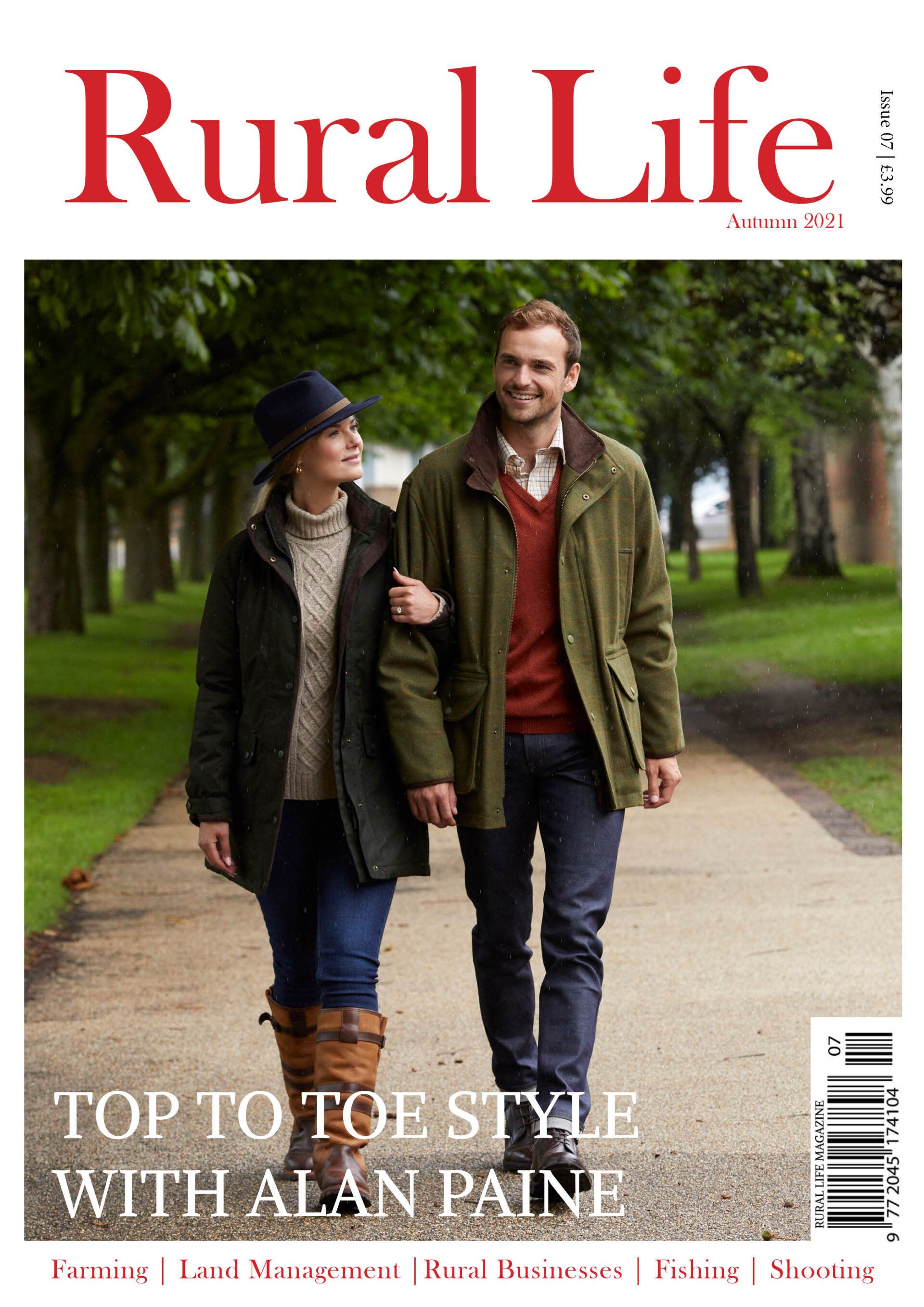
Contact Us
Contact Us
Thank you for contacting us.
We will get back to you as soon as possible
- Rural Life
Please try again later


